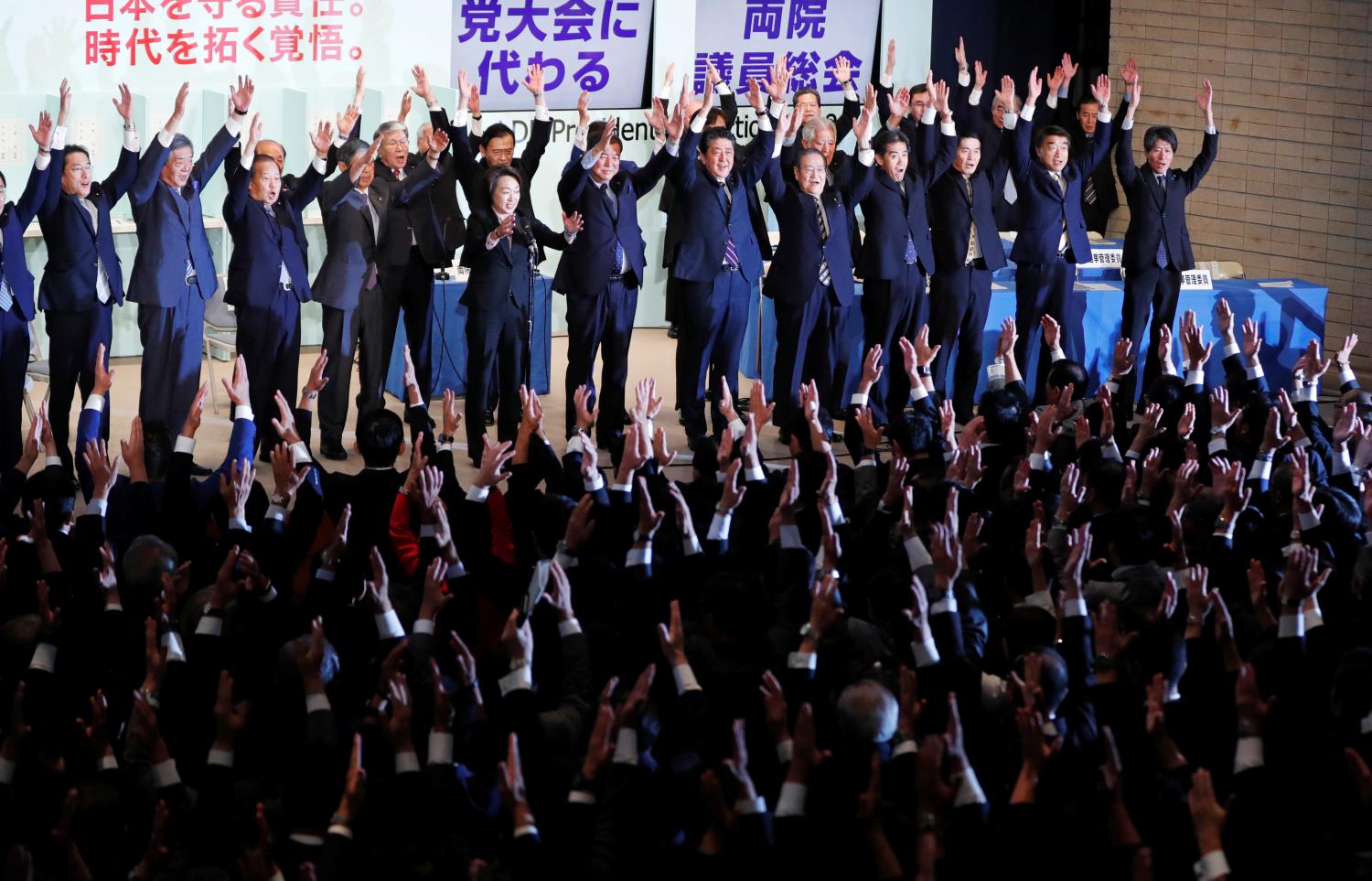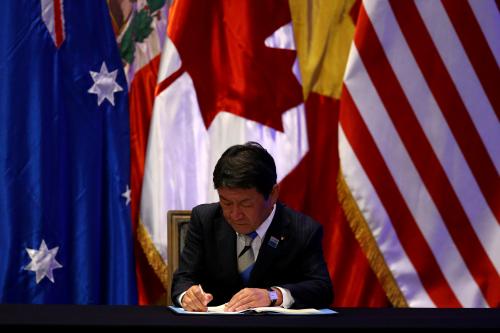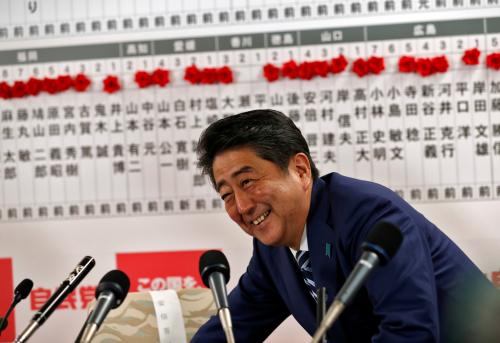 Executive Summary
Executive Summary
Compared to other advanced democracies in the West afflicted by rising populism, the Japanese polity appears in good health. The country has enjoyed six years of political stability, has experienced moderate economic expansion, and has been spared the deep political and social polarization consuming democracies elsewhere. Hence, the question has arisen as to whether Japan—armed with political and social stability, and committed to an open economic system and rule of law in international affairs—can anoint itself as a guardian of the rules-based international order.
The mettle of international leadership is forged by the ways in which countries address their domestic challenges. To understand how Japan has been able to escape the disruption of populism and the temptation of economic nationalism, this paper assesses both the progress made and trials ahead for Japan’s democratic governance. It finds reassurance in the strong normative endorsement of representative democracy in Japan, but notes that the Japanese public is split on the actual efficacy of its democratic system, and concerned about the economic welfare of future generations.
Progress on Japan’s economic revitalization strategy, known as Abenomics, has been uneven, especially when it comes to the implementation of structural reforms. Japan is no longer the economic laggard among industrialized countries, with GDP growth per capita over the past four years on par with other Organization for Economic Co-Operation and Development (OECD) countries. But income inequality has also risen to levels comparable to its OECD peers. In the case of Japan, the main driver of the growing socio-economic gap is the rigid labor market incentivizing non-regular employment for a larger segment of the workforce.
Electoral and administrative reforms adopted during Japan’s “lost decades” have transformed Japanese politics and decisionmaking. The goal of these institutional reforms was to encourage a shift toward electoral competition based on policy platforms, the emergence of a robust two-party system with alternation in office, the attenuation of money politics, and the emergence of executive leadership. Sustained progress has been made on some fronts, although the two-party experiment seems to be over with a weak and divided opposition camp. More than populist turbulence, a democracy without meaningful political opposition is Japan’s most pressing challenge.
The Brookings Institution is committed to quality, independence, and impact.
We are supported by a diverse array of funders. In line with our values and policies, each Brookings publication represents the sole views of its author(s).













